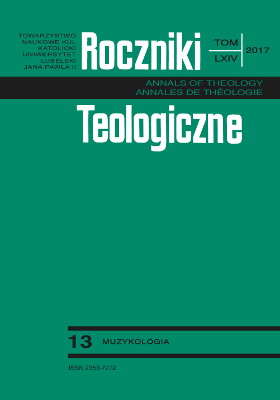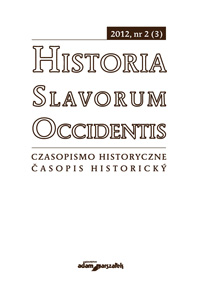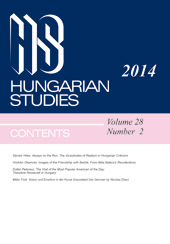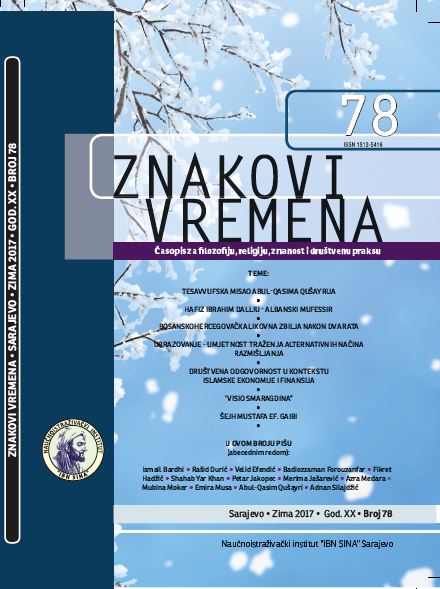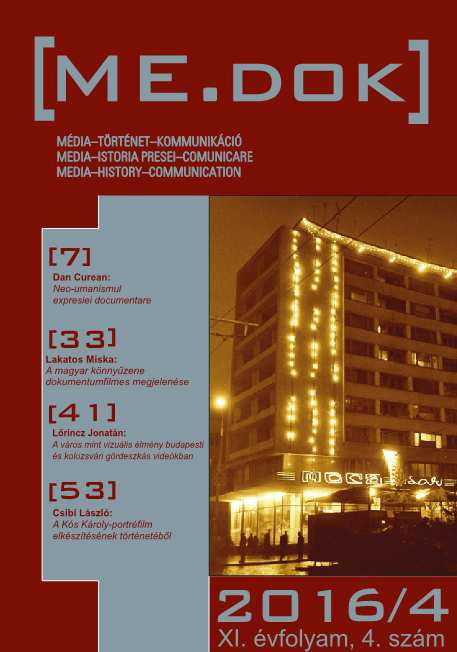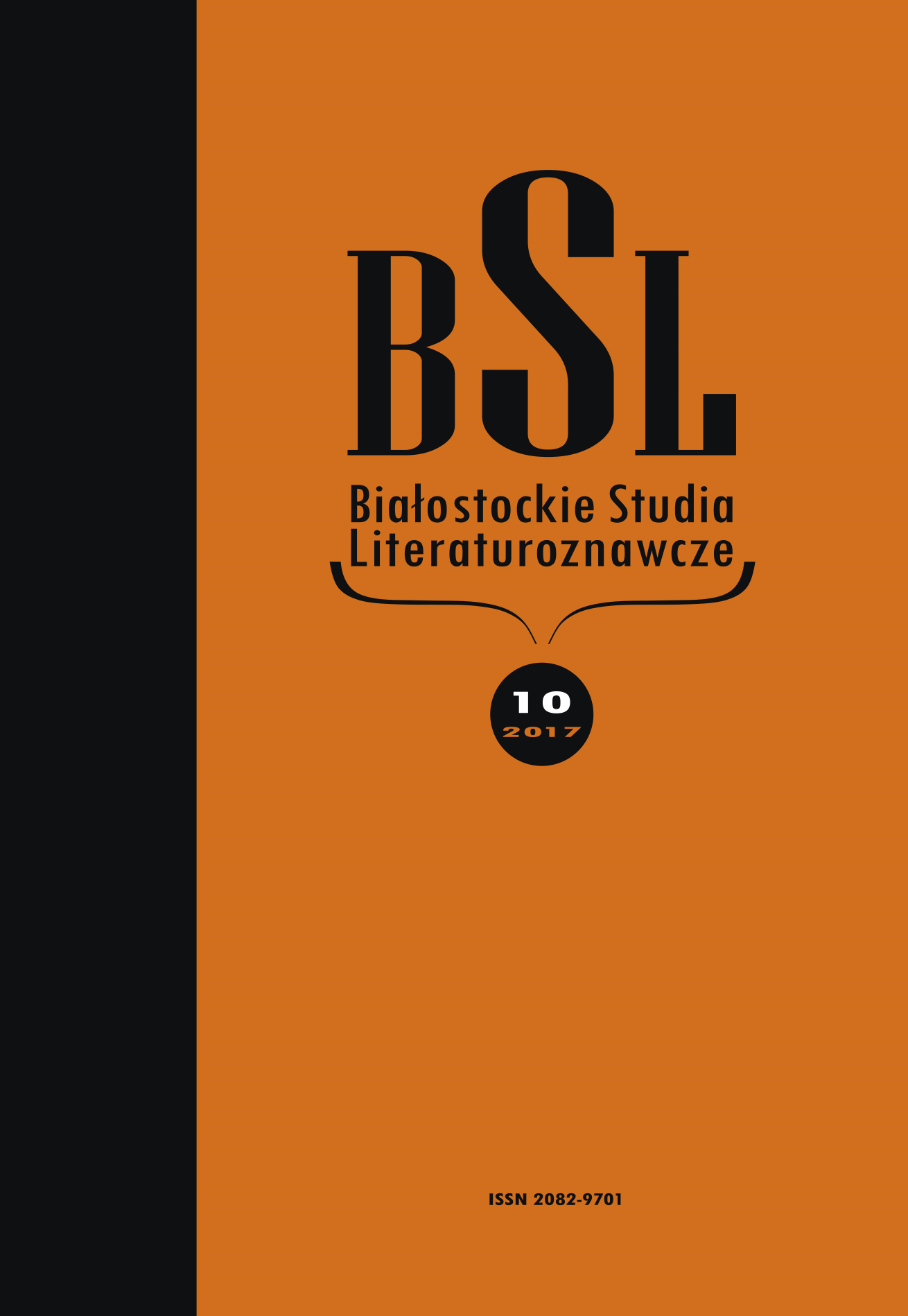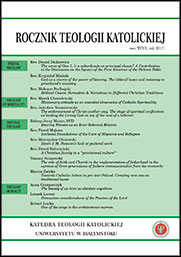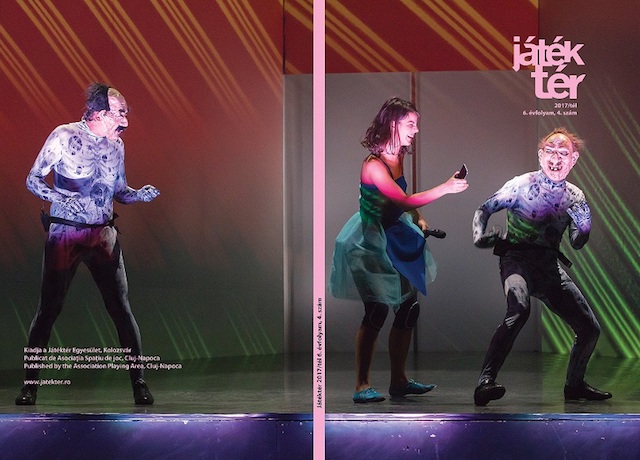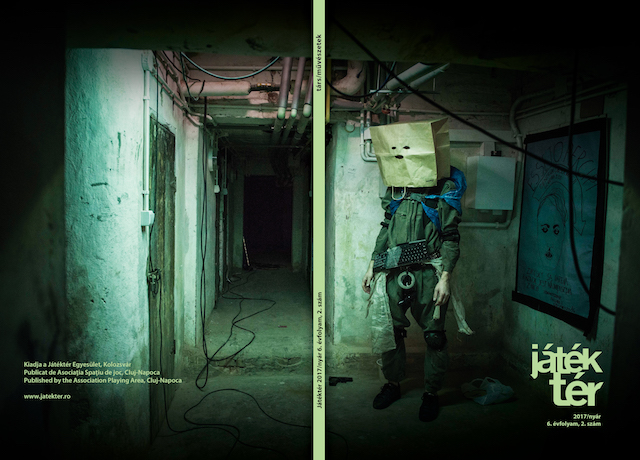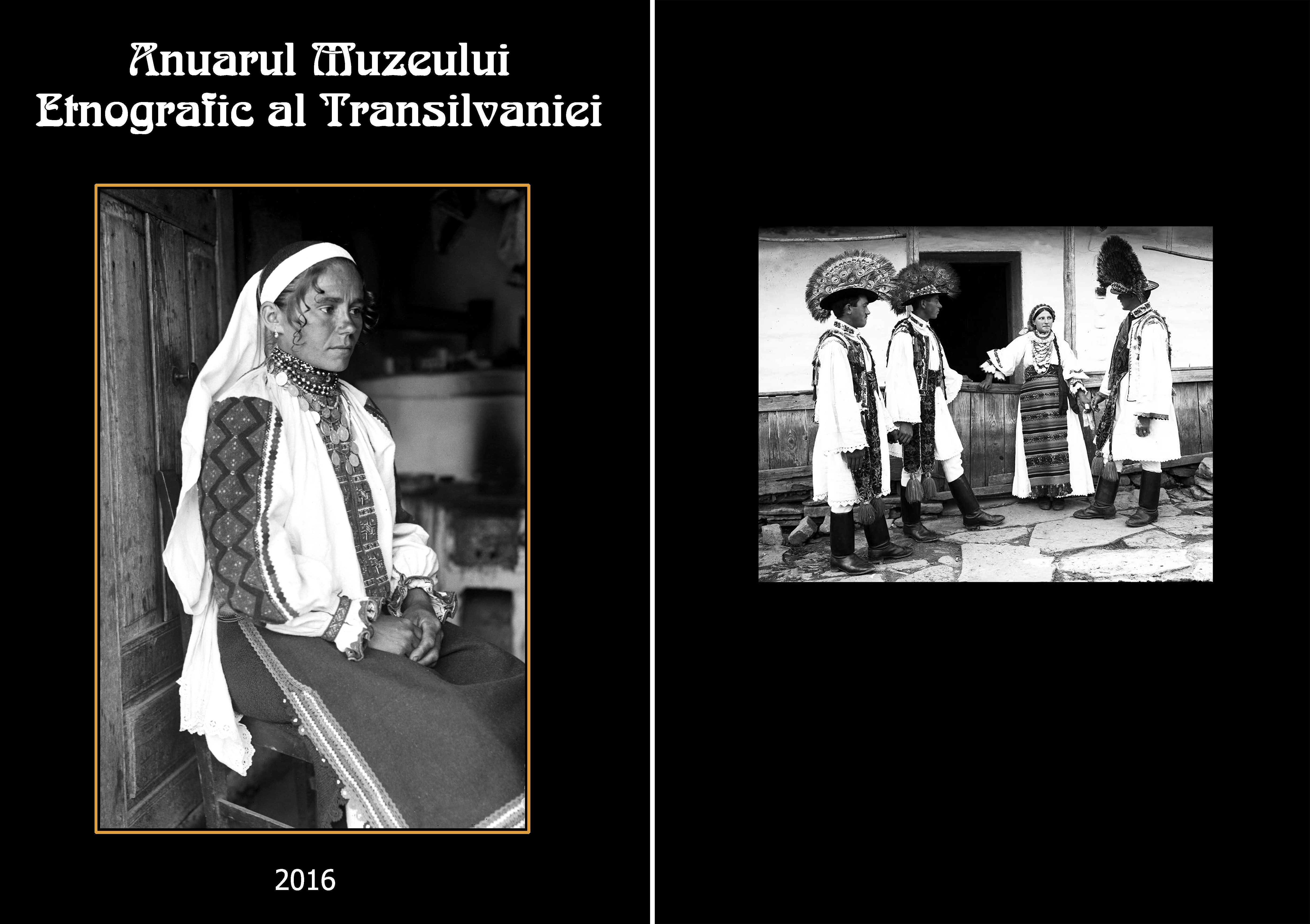
JOCUL SATULUI ÎN COMUNA MOCIU. NOTE PE MARGINEA UNUI INTERVIU ETNOCOREOLOGIC
An event considered profane in the traditional Romanian village, thevillage dance is still little studied even today, despite the importance the eventhas had for the traditional socio-cultural life. In connection with an ethno-choreological interview, the paper aims to highlight some of the issues that weconsidered relevant to understanding the network of social and culturalsignifications surrounding the event - as it occured until the establishment ofcollectivization in a small ethnographic area (around Mociu village). In thisrespect, the paper discusses rules, prohibitions and customs governing the event;the connection between the establishment of communism and the disappearanceof the event discussed here; the repertoire that was performed at the villagedance and some observations on premarital importance of the village dance.An event considered profane in the traditional Romanian village, the village dance is still little studied even today, despite the importance the event has had for the traditional socio-cultural life. In connection with an ethno- choreological interview, the paper aims to highlight some of the issues that we considered relevant to understanding the network of social and cultural significations surrounding the event - as it occured until the establishment of collectivization in a small ethnographic area (around Mociu village). In this respect, the paper discusses rules, prohibitions and customs governing the event; the connection between the establishment of communism and the disappearance of the event discussed here; the repertoire that was performed at the village dance and some observations on premarital importance of the village dance.
More...
